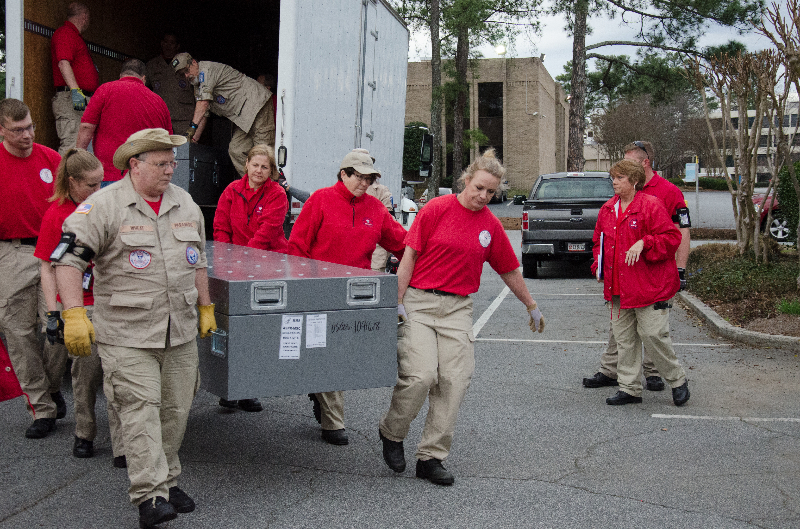Many actively practicing medical professionals are trained and available to deploy to the site of a natural or manmade disaster within hours after an event occurs. Although these medical professionals work with established and traditional leadership styles during their regular “day jobs,” the complex nature of disasters requires leadership approaches in the field that may seem inconsistent or even contradictory.
Being able to transition from a medical facility to a disaster site is critical in order to identify and provide immediate and emergent medical care to community members affected by a disaster. However, the leadership style used may need to transition as well.
In a hospital or other healthcare setting, it is not unusual to witness leadership styles that focus on specific tasks and performance results. Some departments and settings, by necessity, require an autocratic style of leadership, while other areas of healthcare organizations work well with little or no direct supervision of employees. Participative leadership styles provide employees a part of the decision-making process; however, disaster settings are not always conducive to individual opinion and the kind of autonomy a medical professional might have at a healthcare facility or within a private practice.
Compounding the different leadership styles used in a nondisaster setting is the paradox created when these same medical professionals respond to a disaster. Disaster medical responders often include physicians, advanced practice professionals, nurses, pharmacists, behavioral health practitioners, respiratory therapists, and paramedics. One such paradox may be created when a medical professional is in a leadership role during a day job, and then must follow the Incident Command System (ICS) in a different role upon deployment to a disaster site. That is, the leadership dynamics a medical professional incorporates on a day-to-day basis can change dramatically in a disaster response.
Other paradoxes that must be considered include the episodic nature of disaster response, the dynamic nature of disasters, and the role of education and autonomy for the medical professional. Disaster medical response teams – public or private, federal, state, or community level – are typically intermittent assets used on demand. As such, these assets may have little consistent team training or experience on conflicting leadership styles used in a disaster response. The nature of disasters as an event that can change quickly and in unexpected ways can also affect leadership approaches. Finally, leadership styles effective in a disaster setting do not always incorporate the necessary understanding that medical response personnel are highly educated, creative, problem-solvers trained to be autonomous. Without a thoughtful approach to leadership styles for medical professionals responding to a disaster scenario, the result may be confrontations and challenges on leadership decisions by personnel, loss of personnel for future responses, and curbed recruitment efforts needed to maintain healthy, active response teams.


Wendy W. Nesheim
Wendy W. Nesheim, R.N., Ph.D., CEM, is a team leader of a disaster medical response team, and has responded to medical missions through different organizations. She is an adjunct professor of Emergency and Disaster Management at Saint Leo University and a vaccine clinical trials research nurse at Emory University.
- This author does not have any more posts.






